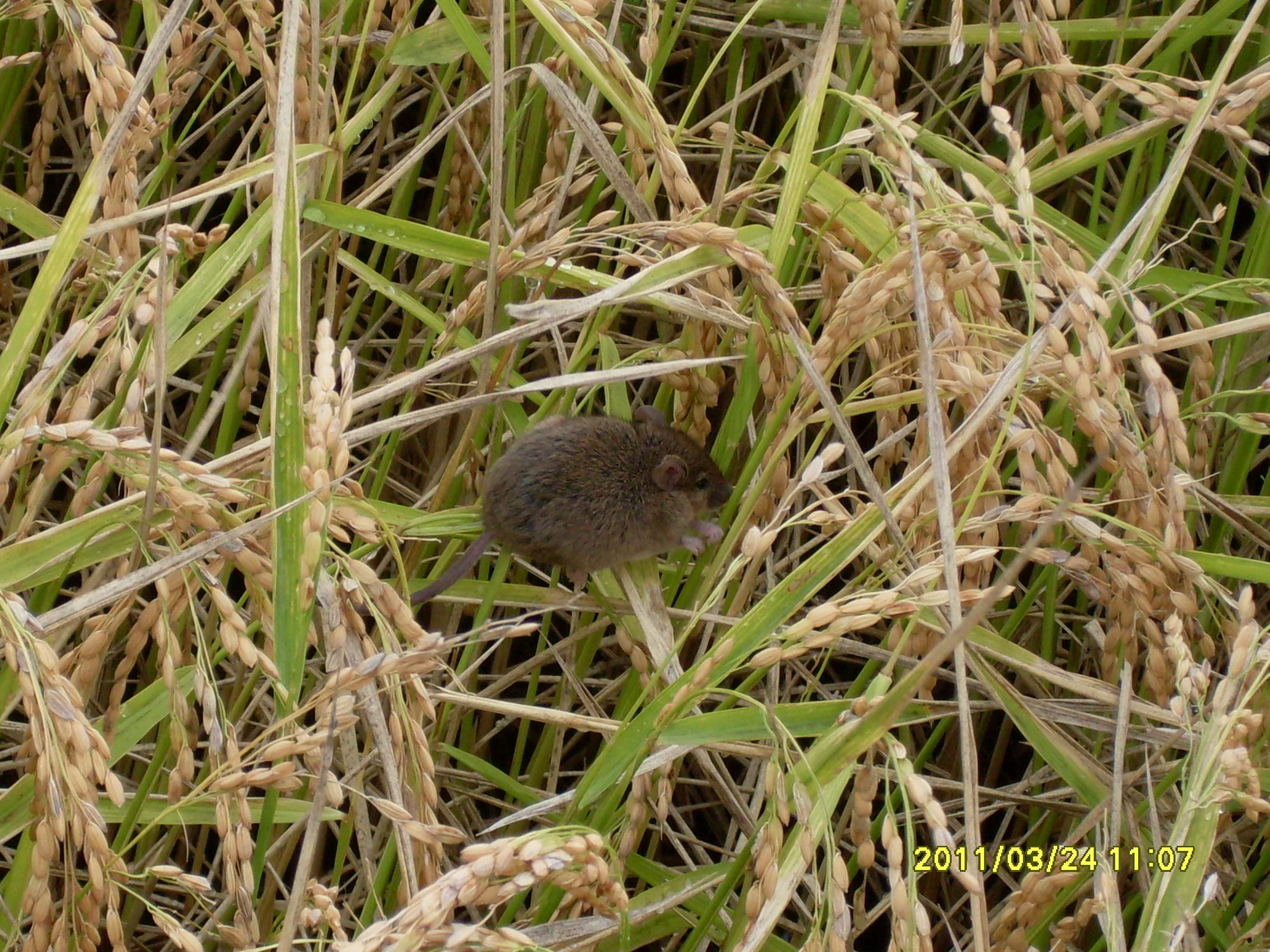Mice a threat to maturing rice
 PRODUCTION ADVICE - FEBRUARY 2021 - AGRONOMY
PRODUCTION ADVICE - FEBRUARY 2021 - AGRONOMY
By John Fowler
Extension Agronomist
P: 03 5881 9933 | M: 0427 079 138 | E: john.fowler@lls.nsw.gov.au

Mice are good swimmers and readily move from nests on the bank of rice bays into the crops. They will chew into the side of rice stems prior to head emergence, but the main damage is to individual grains once the panicles emerge and mature.
Mice populations are also likely to increase substantially as the rice matures and more mice move into the crop from adjoining harbourage areas. The dense ground cover that currently exists provides excellent protection for mice breeding. Ground predators such as snakes are in low numbers following the drought, and aerial predators have difficulty seeing and accessing them.
Baiting internal rice banks with zinc phosphide treated grain (e.g. ‘Mouseoff ®’) has proven successful in previous mice plagues, such as in 2011. The mice tend to eat the grain on the banks in preference to swimming out to the rice. However, the baiting of banks is less effective once crops are drained, so early action is preferred. (Note: A 14 day time period is required between successive applications of ‘Mouseoff®’)
Leptospirosis Health Warning: It’s worth remembering that following the mice plague in 2011, several local rice growers ended up in hospital suffering from leptospirosis. Most cattle growers are familiar with this disease, but it is not widely known that it is also carried by mice. If mice numbers build up on rice banks, be sure to wear long trousers (and preferably gum boots) to greatly reduce the risk of contracting this very unpleasant and potentially serious disease.